2005-Jaguar Estate Wagon for sale
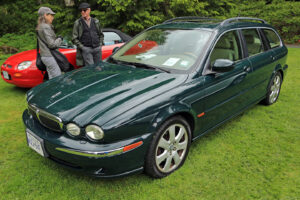
Photo of 2005 Jaguar Estate Wagon taken by John Wiley, at the All British Field Meet. This photo is very close to the actual colour of the car.
Exceptionally low mileage: 68,840km. This stock, racing green Jaguar is a powerful car, comfortably carrying 4 adults, with back seat pull down armrest with cup holders, plus generous luggage space. The car is stock with the original stereo, steering wheel mounted controls, timed wipers, cruise control, 18″ alloy wheels, and has a 3.0L V6 engine paired to an automatic transmission with Sport mode. Safety features include automatic alarm system, reverse parking sensors, self locking doors, front airbags, interior adjustable mirrors, ABS non-skid brakes and 4 wheel drive.
Asking $13,250. CND
Exceptionally low mileage: 68,840km
The body is in excellent shape with no rust ever. Only minor fender benders have resulted in repairs and new paint on most of the car. It was restored by an excellent body shop who removed the glass and did an excellent job. The car was professionally detailed before the ABFM Event. It was the only Jaguar Estate Wagon at the 2025 All British Field Meet, so it attracted a lot of attention. All the photos with rain were taken at that Event. There were many other Jaguar models, but only one “Shooting brake” as one British car fancier called it.
More photos in a gallery at the end.
This Jaguar Estate wagon is the lowest mileage example I have found in my research on this rare car. This car is very useful and a pleasure to drive, so most examples have over 100,000km; and one with over 200,000 km was advertised as a class winner in a recent car show. The motor is a transverse six cylinder gasoline, 3.0l engine that is very durable, smooth, and powerful.
It remains a special Jaguar; only imported into Canada for 3 years, with a few imported each year; according to the President of the Jaguar Club. This is a unique opportunity to own a beautiful Jaguar, in excellent condition, for less cash than many regular cars.
The car was purchased from MCL Motors in Vancouver and was owned by a senior who garaged it in Kerrisdale. The car passed to his son, who put most of the km on the car in Kitsilano. Now the car, inherited by a new owner, with clean title, is available for resale for the first time. The car’s minor faults were repaired and it was made ready to be sold. Currently licensed, insured, and drivable.
Many seating options are available: use the 3 sets of seatbelts with the armrest tucked into the back, to carry 5 people and luggage. Or fold down half of the divided bench seat or both seats for more cargo room. There is a spacious luggage area behind the rear seats with a built in cover that can be pulled over to hide the contents.
Champagne leather interior with beautiful wood trim accents on the dash, doors and steering wheel trim, extra storage space in front, roof rack, heated 8-way power adjustable front seats with memory settings, Jaguar rubber mats in front, climate control, air conditioning, 2 mode power sunroof, keyless entry (with extra fob included), power windows, power mirrors – all working perfectly.
Original paperwork and manual, promo items and some receipts for work available. Jaguar statue temporarily removed, but included in sale. More photos coming soon. If I do not reply to your first email, please try again, sometimes unknown addresses go to spam.
See the car – the car will remain parked in a public parking garage – 268 Keefer – Sun Wah Centre – Lot #1118 on level 7b. Parkade is open from 10am to 7pm, then locked. Please see the car before contacting me. My phone number is on the note on the dash of the car; or see the Jaguar ad on Craigslist. I am available to answer questions from serious buyers only.
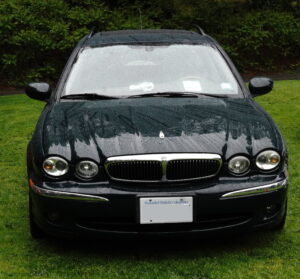
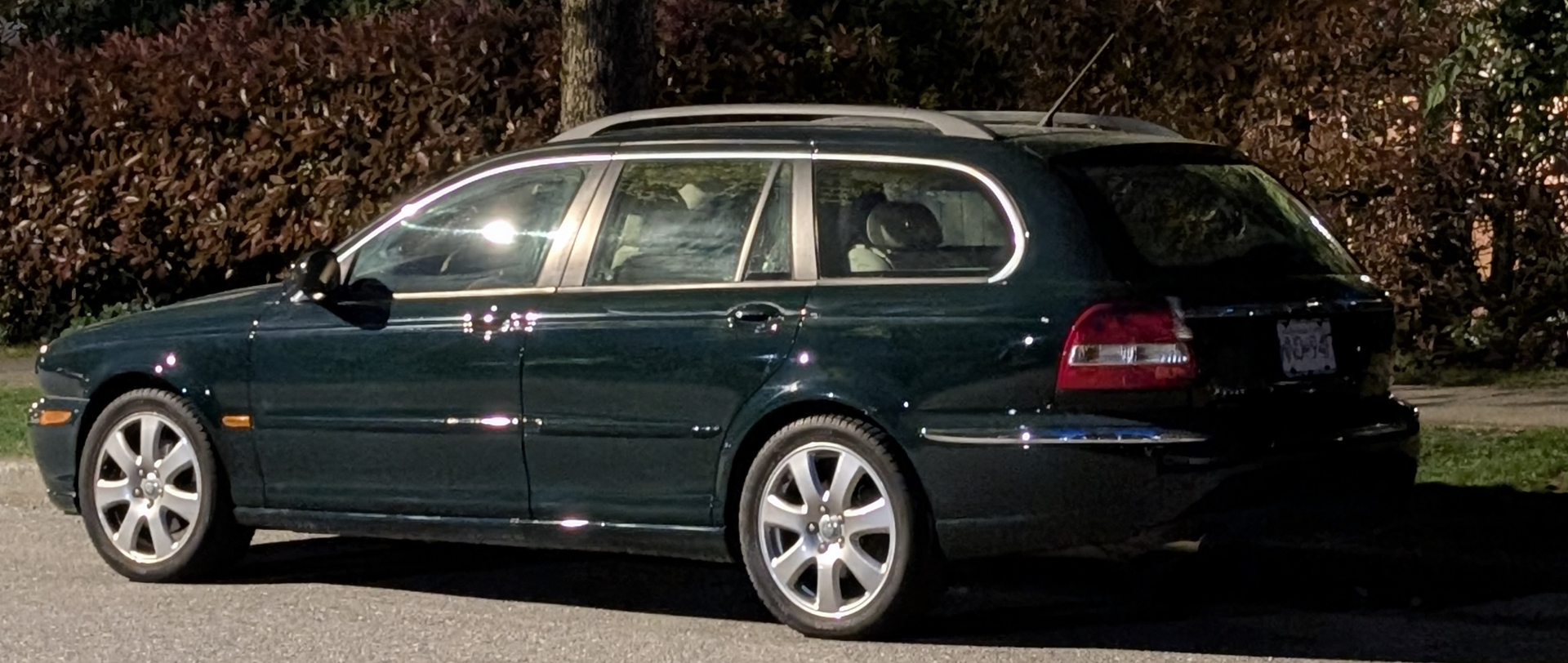
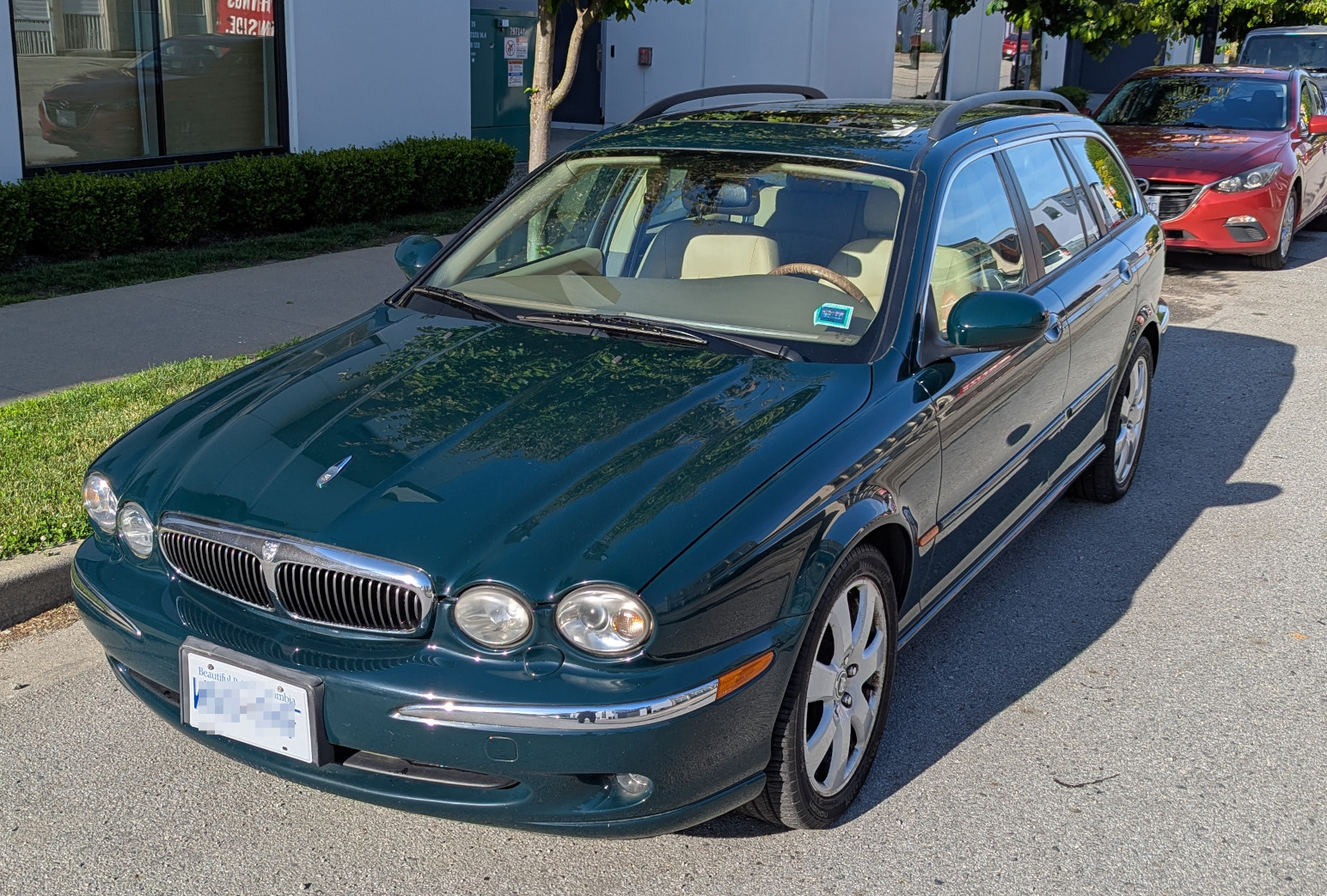
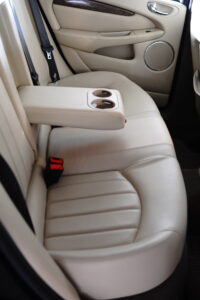
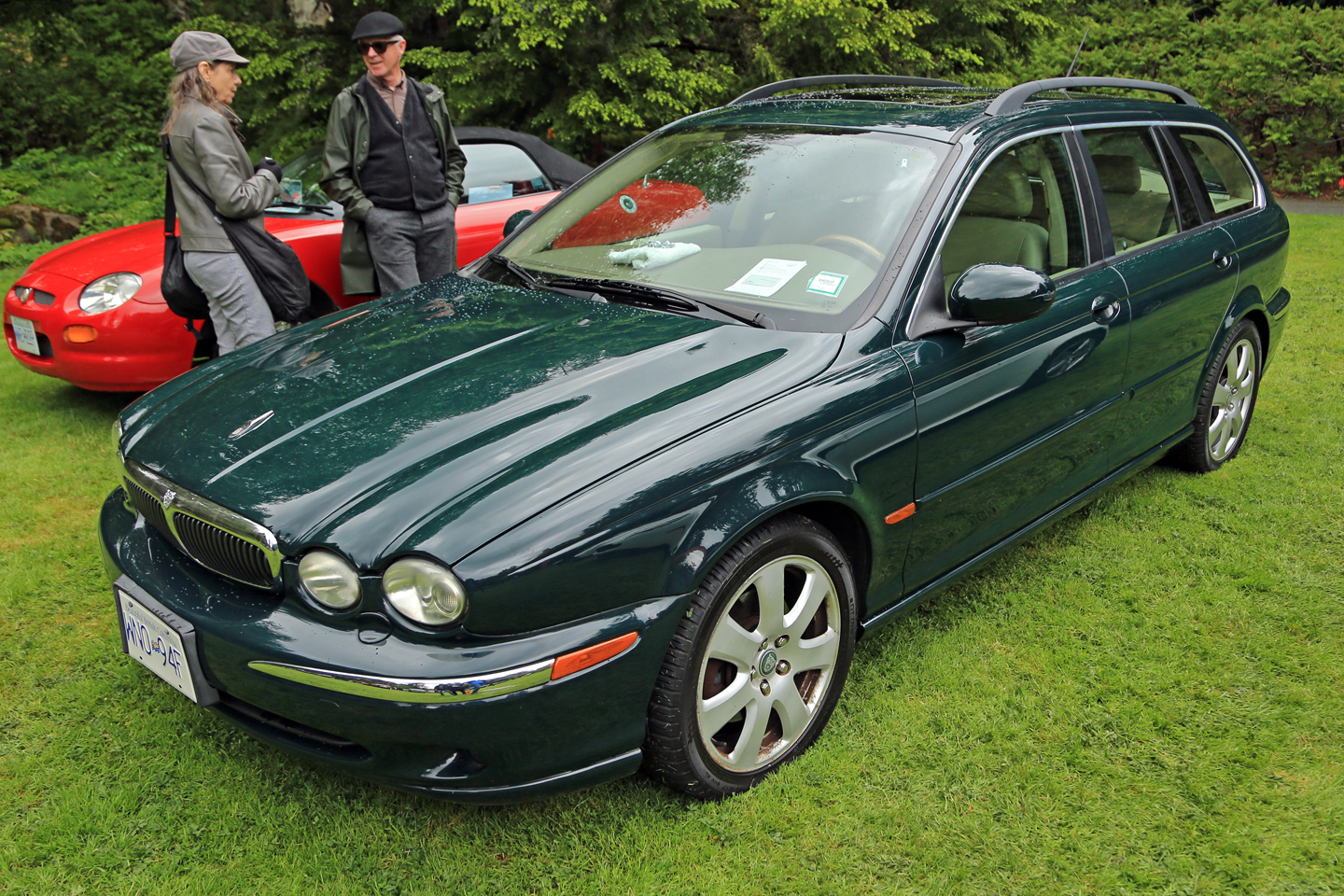


 It will be more practical for me to have a bike that I can pick up if it falls over.
It will be more practical for me to have a bike that I can pick up if it falls over.

 Do-it-yourself culture is moving from the area of home renovations and bike repairs to making your own computer controlled gadget.
Do-it-yourself culture is moving from the area of home renovations and bike repairs to making your own computer controlled gadget.



